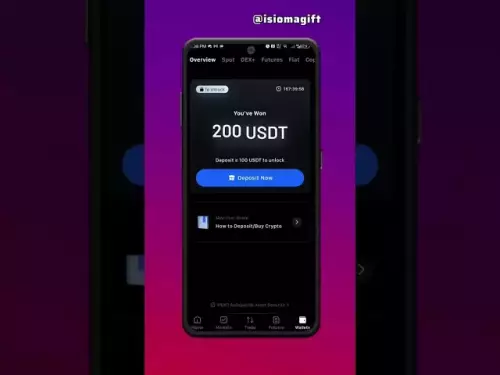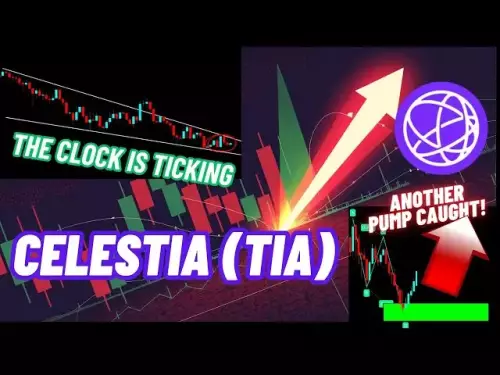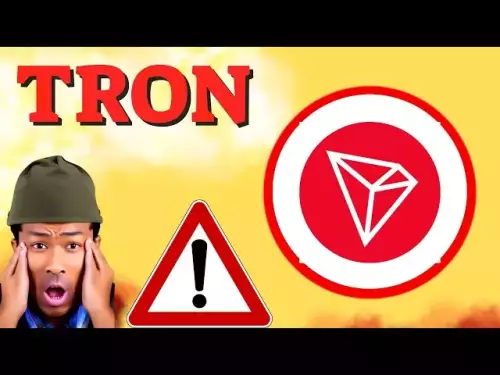-
 Bitcoin
Bitcoin $108100
-0.74% -
 Ethereum
Ethereum $4265
-4.08% -
 Tether USDt
Tether USDt $1.000
0.02% -
 XRP
XRP $2.724
-2.93% -
 BNB
BNB $843.0
-2.55% -
 Solana
Solana $194.5
-4.80% -
 USDC
USDC $1.000
0.01% -
 TRON
TRON $0.3351
-2.30% -
 Dogecoin
Dogecoin $0.2066
-4.58% -
 Cardano
Cardano $0.7887
-4.10% -
 Chainlink
Chainlink $22.21
-5.64% -
 Hyperliquid
Hyperliquid $42.68
-5.20% -
 Ethena USDe
Ethena USDe $1.001
0.02% -
 Sui
Sui $3.139
-4.59% -
 Stellar
Stellar $0.3490
-2.15% -
 Bitcoin Cash
Bitcoin Cash $536.2
-2.15% -
 Avalanche
Avalanche $22.73
-4.38% -
 Hedera
Hedera $0.2123
-4.54% -
 UNUS SED LEO
UNUS SED LEO $9.552
-0.69% -
 Cronos
Cronos $0.2609
-11.91% -
 Litecoin
Litecoin $106.9
-2.81% -
 Toncoin
Toncoin $3.091
-2.76% -
 Shiba Inu
Shiba Inu $0.00001192
-3.18% -
 Polkadot
Polkadot $3.641
-3.82% -
 Uniswap
Uniswap $9.190
-5.54% -
 World Liberty Financial
World Liberty Financial $0.2293
0.29% -
 Dai
Dai $0.0000
0.02% -
 Bitget Token
Bitget Token $4.620
1.40% -
 Monero
Monero $259.7
-1.87% -
 Aave
Aave $301.3
-5.45%
What is a flash loan in DeFi?
Flash loans enable instant, uncollateralized borrowing in DeFi, requiring repayment within a single transaction or reverting entirely.
Sep 01, 2025 at 07:01 pm
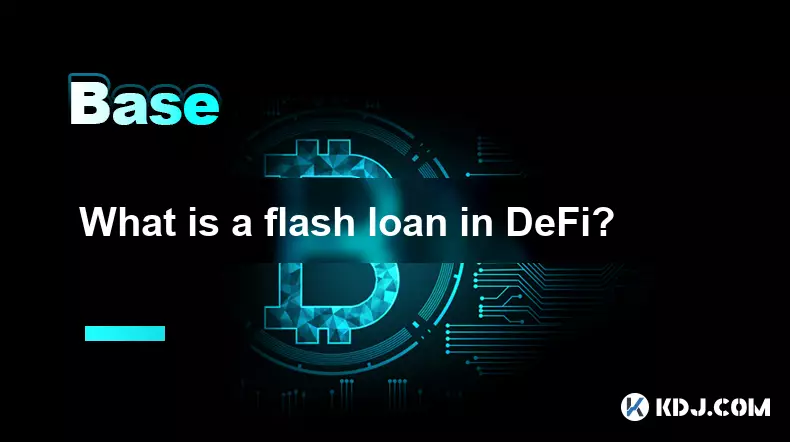
Understanding Flash Loans in Decentralized Finance
1. A flash loan is a type of uncollateralized loan available in the decentralized finance (DeFi) ecosystem that allows users to borrow large amounts of cryptocurrency instantly, provided the borrowed amount is returned within the same blockchain transaction. Unlike traditional loans, there is no requirement for credit checks or collateral deposits. The entire process—borrowing, using the funds, and repaying the loan—must occur in a single atomic transaction on the blockchain.
2. If the borrower fails to repay the loan within the same transaction, the entire operation is reverted as if it never happened. This mechanism eliminates the risk for lenders while enabling borrowers to execute complex financial strategies without upfront capital. Flash loans are made possible through smart contracts, which automatically enforce the repayment condition before finalizing the transaction.
3. These loans are primarily used for arbitrage opportunities, where price differences of the same asset across decentralized exchanges can be exploited for profit. For example, a user might use a flash loan to buy a token at a lower price on one exchange and immediately sell it at a higher price on another, repaying the loan and pocketing the difference—all within one transaction.
4. Flash loans are also leveraged for collateral swaps, debt refinancing across lending platforms, and manipulating on-chain price oracles. Their permissionless and instantaneous nature makes them a powerful tool in the DeFi space, especially for sophisticated traders and automated bots.
5. Platforms like Aave, dYdX, and Uniswap support flash loans, each implementing their own fee structures—typically a small percentage of the loan amount, which goes to the protocol or liquidity providers. The transparency and programmability of blockchain networks enable these operations to be executed securely and predictably.
Key Features of Flash Loans
1. No collateral is required to take out a flash loan, distinguishing it from most other lending mechanisms in both traditional finance and DeFi. The only requirement is that the loan must be repaid before the transaction ends.
2. The transaction is atomic—either all steps succeed and the loan is repaid, or the entire transaction is rolled back. This ensures that protocols offering flash loans do not face credit risk.
3. Flash loans can involve millions of dollars in value, making them attractive for high-value trading strategies and arbitrage operations. The size of the loan is typically limited only by the available liquidity in the lending pool.
4. They are fully programmable through smart contracts, allowing developers to integrate complex logic such as price fetching, trade execution, and repayment in a single function call.
5. The speed and efficiency of flash loans enable real-time financial operations that would be impossible or highly inefficient in traditional systems.
Common Use Cases in the Crypto Ecosystem
1. Arbitrage trading is the most common use case, where traders exploit temporary price discrepancies across decentralized exchanges. A flash loan provides the capital needed to buy low on one platform and sell high on another instantly.
2. Debt position migration allows users to move their borrowing from one DeFi platform to another with better rates or terms without needing to liquidate assets. This is done by using a flash loan to repay the original debt and open a new position elsewhere.
3. Collateral upgrades enable users to swap one type of collateral for another in lending protocols, improving their loan-to-value ratio or avoiding liquidation during market volatility.
4. Some advanced users employ flash loans to manipulate oracle prices or exploit vulnerabilities in smart contracts, which has led to several high-profile hacks. While controversial, these instances highlight the power and risks associated with flash loan functionality.
5. Developers use flash loans to test new DeFi strategies in simulated environments before deploying them live, ensuring that repayment logic and profit calculations are sound.
Security and Risks Involved
1. Although flash loans themselves are secure due to their atomic nature, they can be used as a tool in malicious attacks. By injecting large amounts of capital into a market, attackers can temporarily manipulate prices and drain funds from vulnerable protocols.
2. Several high-profile exploits have occurred where attackers used flash loans to influence oracle prices, trigger liquidations, or mint excessive amounts of governance tokens. These incidents have led to losses amounting to millions of dollars.
3. Protocols relying on external price feeds must implement safeguards such as time-weighted average prices (TWAPs) to resist manipulation through flash loan attacks.
4. Auditing smart contracts for potential flash loan vulnerabilities has become a critical step in DeFi development. Developers must ensure that functions involving pricing, liquidation, or token minting cannot be exploited even when faced with sudden, large-scale market movements.
5. The decentralized and permissionless nature of flash loans means that anyone can use them for legitimate or malicious purposes, placing the burden of security on protocol designers and auditors.
Frequently Asked Questions
How do flash loans differ from traditional loans?Flash loans do not require collateral or credit checks and must be borrowed and repaid within a single blockchain transaction. Traditional loans involve identity verification, interest payments over time, and collateral requirements.
Can anyone create a flash loan?Yes, anyone with knowledge of smart contract programming can interact with DeFi protocols that support flash loans. The process requires writing and deploying a contract that handles borrowing, executing actions, and repaying the loan in one transaction.
Are flash loans risky for the lending platform?No, because the loan is only executed if it is repaid within the same transaction. If repayment fails, the entire transaction is reversed, so the platform does not lose funds.
Which blockchains support flash loans?Ethereum is the most common platform for flash loans due to its mature DeFi ecosystem. However, other blockchains like Binance Smart Chain, Polygon, and Avalanche also support flash loans through compatible DeFi protocols.
Disclaimer:info@kdj.com
The information provided is not trading advice. kdj.com does not assume any responsibility for any investments made based on the information provided in this article. Cryptocurrencies are highly volatile and it is highly recommended that you invest with caution after thorough research!
If you believe that the content used on this website infringes your copyright, please contact us immediately (info@kdj.com) and we will delete it promptly.
- Memecoins September 2025 Watchlist: What's Hot Now?
- 2025-08-31 23:25:15
- Eric Trump Predicts Bitcoin to $1 Million: Hype or Reality?
- 2025-08-31 23:25:15
- BlockDAG: Redefining Scalability and ROI Potential in 2025
- 2025-08-31 23:05:16
- Ozak AI, Altcoins, and 20x Potential: Navigating the Crypto Landscape
- 2025-09-01 00:05:12
- Bonk Price, Solana Meme Coin, and the Rise of Layer Brett: A New Era?
- 2025-08-31 21:25:12
- ETH Transactions Soar, BTC Whale Shifts Gears: Decoding August's Crypto Charts
- 2025-08-31 21:05:16
Related knowledge
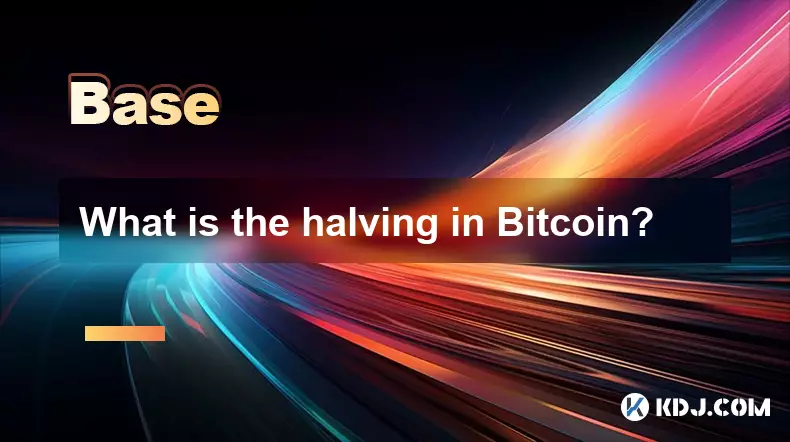
What is the halving in Bitcoin?
Aug 30,2025 at 10:18pm
Understanding Bitcoin Halving1. The Bitcoin halving is an event coded into the blockchain’s protocol that reduces the reward miners receive for valida...
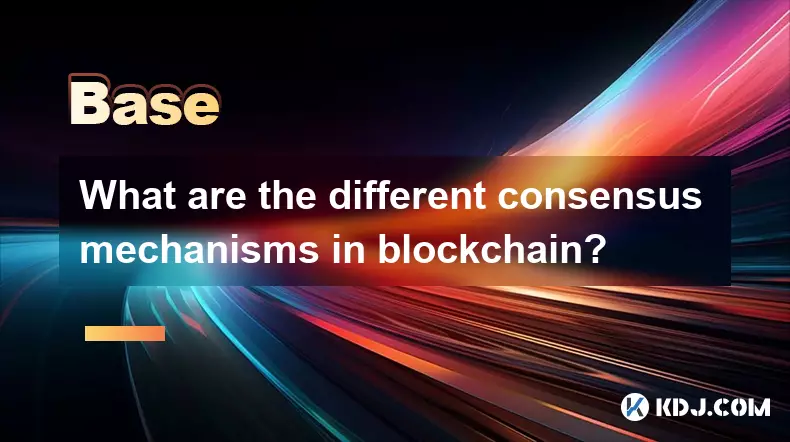
What are the different consensus mechanisms in blockchain?
Sep 01,2025 at 03:54pm
Proof of Work and Its Role in Blockchain Security1. Proof of Work (PoW) is one of the earliest and most widely recognized consensus mechanisms, primar...
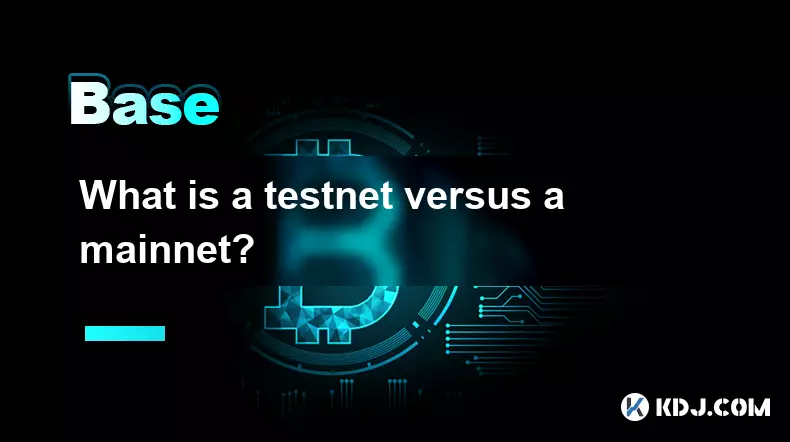
What is a testnet versus a mainnet?
Aug 30,2025 at 06:54pm
Understanding the Role of Testnets in Blockchain Development1. A testnet serves as a parallel blockchain environment designed specifically for develop...
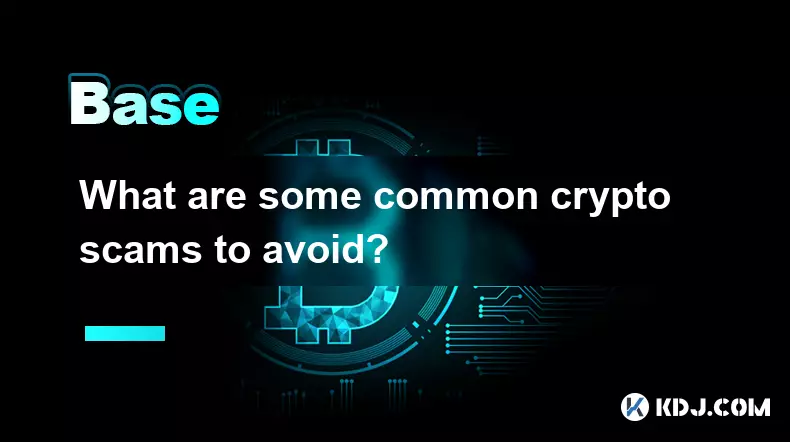
What are some common crypto scams to avoid?
Sep 01,2025 at 06:18am
Crypto Scams Involving Fake Exchanges1. Fraudulent platforms often mimic legitimate exchanges by using similar names and logos to deceive users. These...
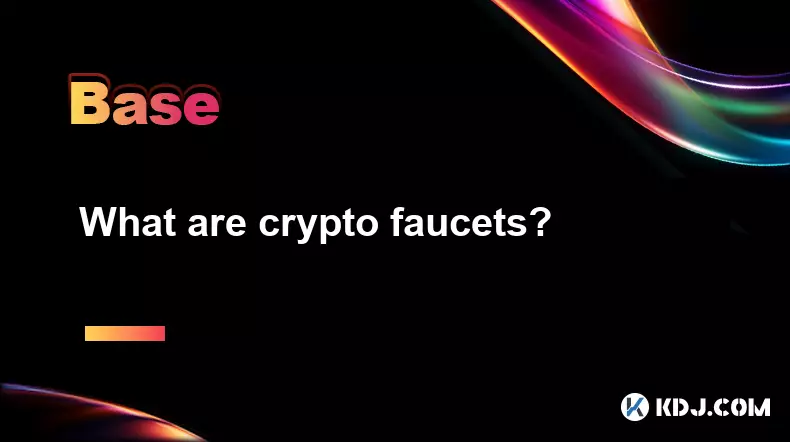
What are crypto faucets?
Aug 30,2025 at 08:10am
Understanding Crypto Faucets1. Crypto faucets are online platforms that distribute small amounts of cryptocurrency to users for completing simple task...

What are privacy coins?
Aug 30,2025 at 06:18am
Understanding Privacy Coins in the Cryptocurrency Ecosystem1. Privacy coins are a category of cryptocurrencies specifically designed to enhance transa...

What is the halving in Bitcoin?
Aug 30,2025 at 10:18pm
Understanding Bitcoin Halving1. The Bitcoin halving is an event coded into the blockchain’s protocol that reduces the reward miners receive for valida...

What are the different consensus mechanisms in blockchain?
Sep 01,2025 at 03:54pm
Proof of Work and Its Role in Blockchain Security1. Proof of Work (PoW) is one of the earliest and most widely recognized consensus mechanisms, primar...

What is a testnet versus a mainnet?
Aug 30,2025 at 06:54pm
Understanding the Role of Testnets in Blockchain Development1. A testnet serves as a parallel blockchain environment designed specifically for develop...

What are some common crypto scams to avoid?
Sep 01,2025 at 06:18am
Crypto Scams Involving Fake Exchanges1. Fraudulent platforms often mimic legitimate exchanges by using similar names and logos to deceive users. These...

What are crypto faucets?
Aug 30,2025 at 08:10am
Understanding Crypto Faucets1. Crypto faucets are online platforms that distribute small amounts of cryptocurrency to users for completing simple task...

What are privacy coins?
Aug 30,2025 at 06:18am
Understanding Privacy Coins in the Cryptocurrency Ecosystem1. Privacy coins are a category of cryptocurrencies specifically designed to enhance transa...
See all articles























